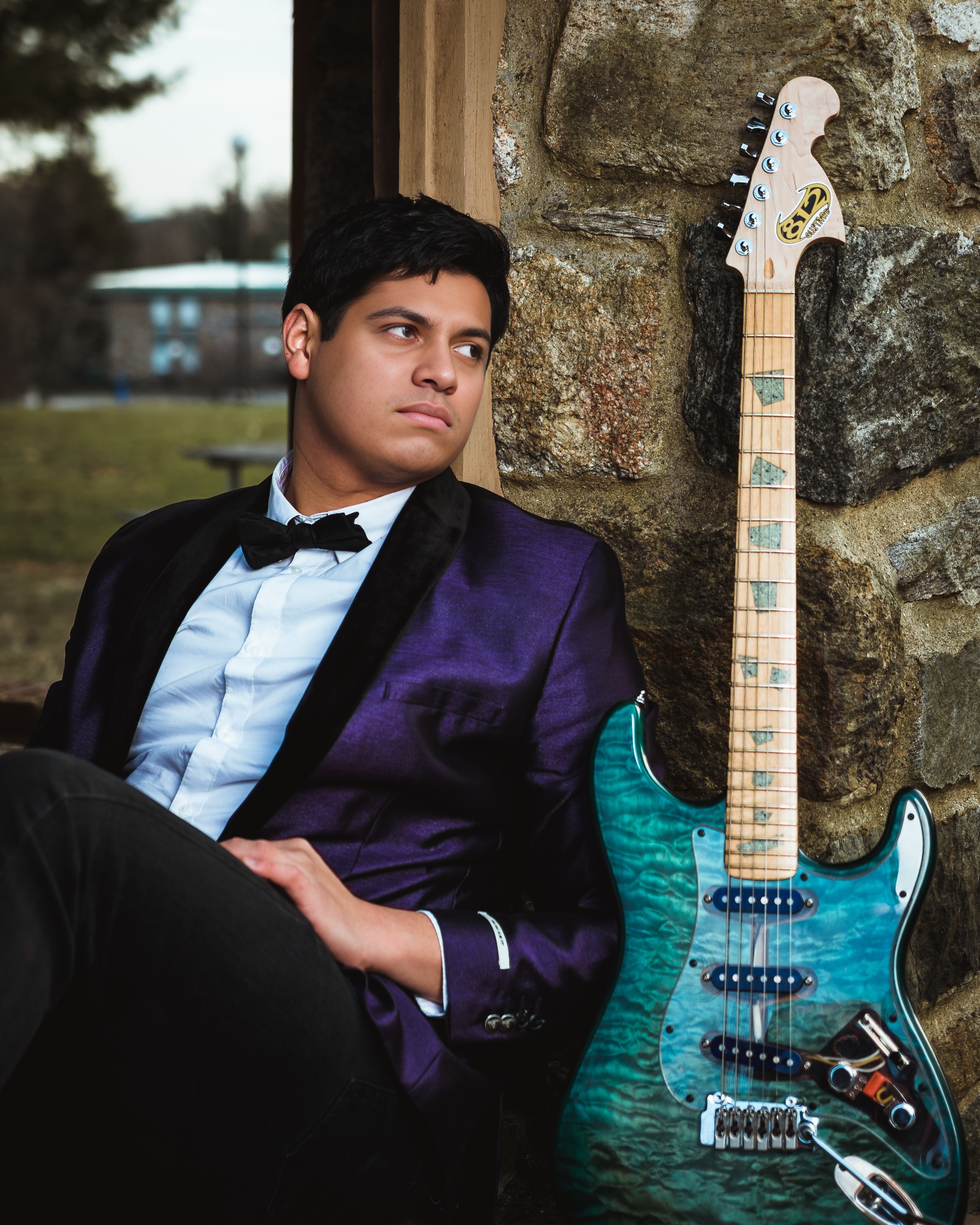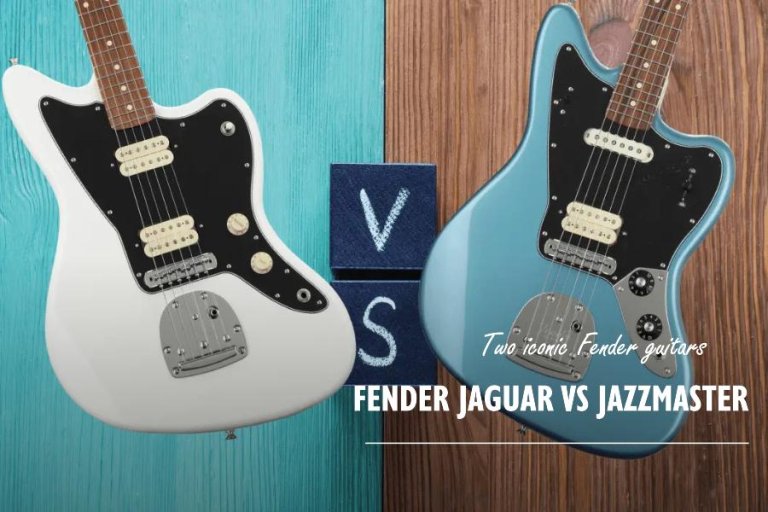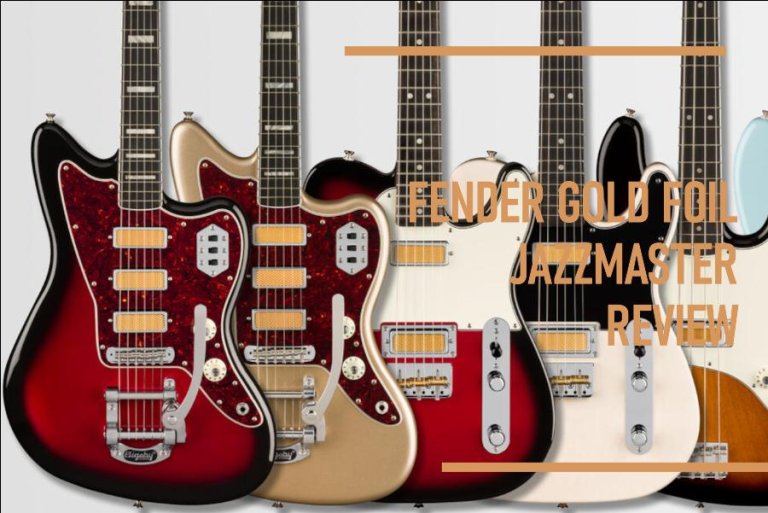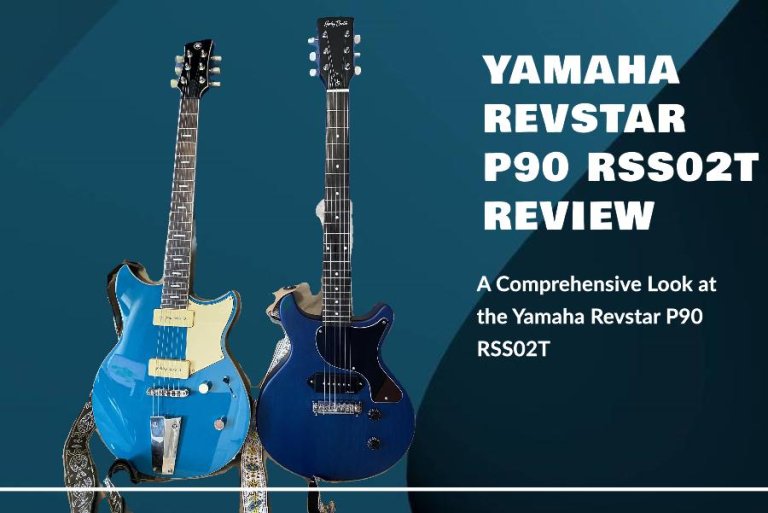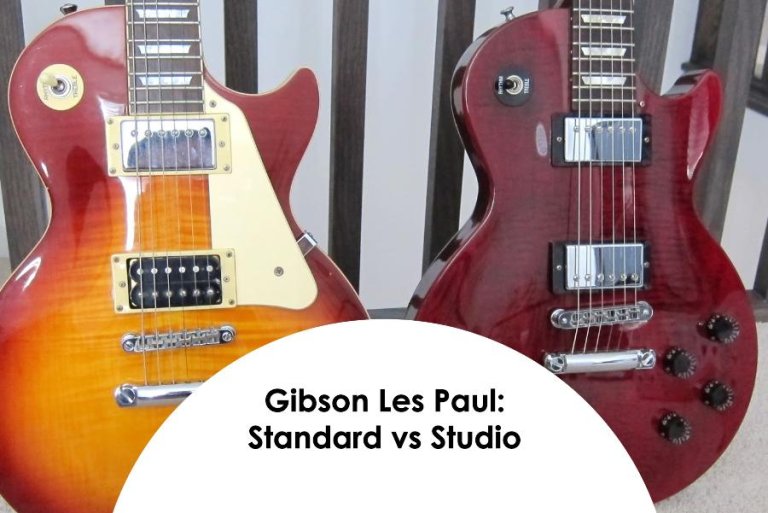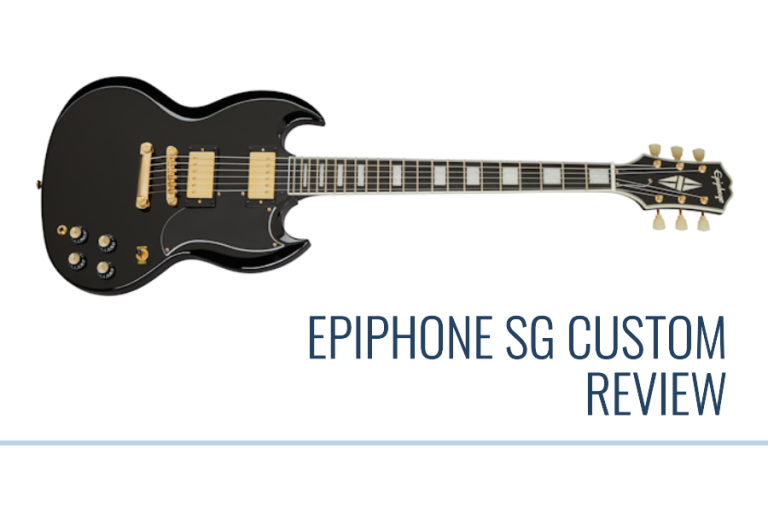Keeley Caverns V2, a pedal that promises not just to add dimension and depth to your sound, but to transform your guitar into an echoing symphony. Combining reverb and delay in one unit isn’t a new idea, but Keeley claims to be the master of this combination with elegance.
In this Keeley Caverns V2 Review, Eguitarmania will look deeper into everything this pedal has to offer, from its range of sounds to its build quality and ease of use. But with so many options on the market, is the Caverns V2 the right choice for you? Through technical analysis and experiences, we aim to provide a comprehensive guide on how to use and use the best of it.
Delay and Reverb Pedal
Before we get into the specifics of Keeley Caverns V2, I will discuss differences between delay and reverb effects. The primary difference between them is how they handle time and the shape of their repeating patterns.
Delay Pedals
Based on set times, this is repeating blocks of the original data. Any delay pedal will have a design that repeats based on the time you choose and the number of times it will repeat. You can usually change the length of the recorded part and how many times it plays back on almost all delay pedals.
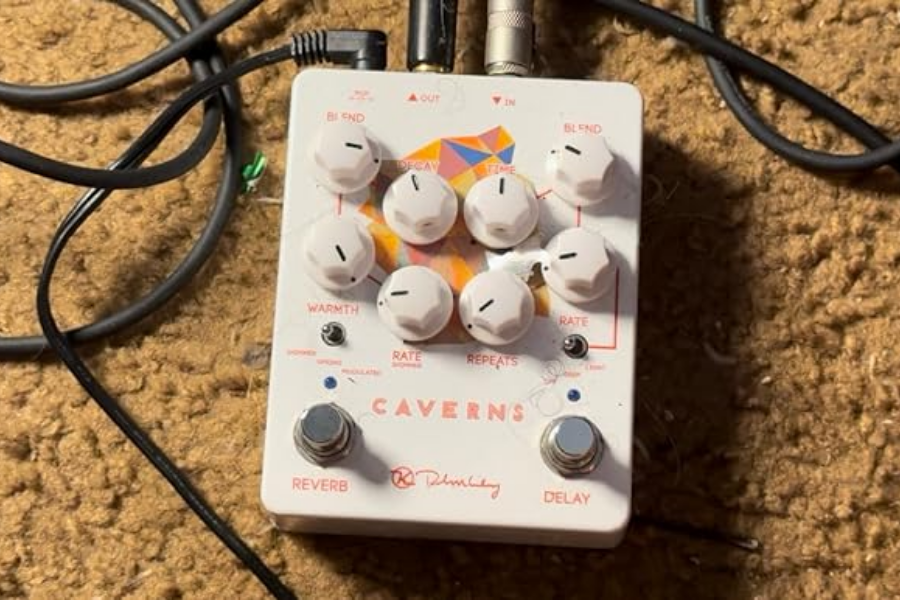
Reverb Pedals
The purpose of the reverb trail is to make it sound like a sound is hitting different objects more than once, like in a big empty room. Trails in the atmosphere that stretch out the original input and fade out, making it sound like an echo pattern going back and forth.
If you use this instead of a delay pedal, the sound will trail off and fade instead of repeating loudly. Different reverbs exist, such as plate reverb and spring reverb.
A lot of guitarists use both the reverb built into their amp (more on that below) and an outside source of delay, which is usually a pedal. The effects of reverb and delay work really well together when they are put together as a pair.
When you do mix these effects, make sure that the trails and echoes are short enough and that the notes don’t cover up the notes that come after them. That might sound too jumbled and fuzzy, and the notes might get lost in the background noise.
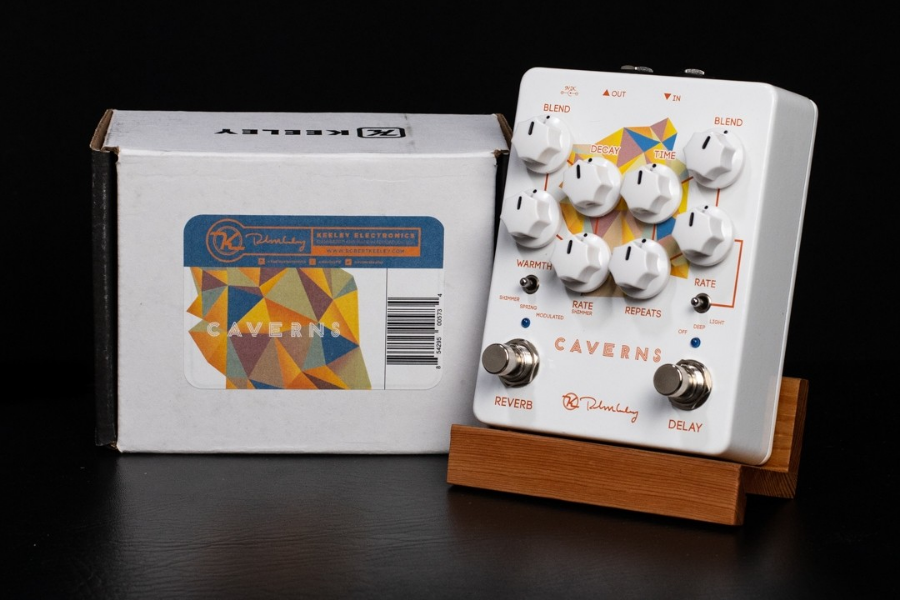
Specification of Keeley Caverns V2
The Keeley Caverns V2 effects pedal for electric guitar has two absolutely necessary effects: three great types of reverb; and an analog-style tape delay. It sounds great with mellow music, surf rock, and many other kinds.
Using Keeley’s Magnetic Echo delay as a model, the delay part can last up to 650ms, and you can add modulation to make it sound even more analogue. As you turn the Rate knob, you can change the reverb types on the reverb side, which includes Spring, Shimmer, and Modulated.
| Weight | 0.45 kg |
| Width – Height – Depth | 9.5 – 5 – 12 |
| Effects | Delay, Reverb |
| Mono/Stereo | Mono In, Mono Out |
| Bypass Mode | True Bypass of Trails |
| Max Delay Time | 650ms |
The Keeley Caverns V2 gives you access to two guitar effects that are really necessary and have a wonderful sound. It is a single pedal that is ready for a show.
Keeley Caverns V2 Review
Let’s talk in depth about the Keeley Caverns V2’s features, such as its cutting-edge impulse response technology and easy-to-use layout.
The delay effect
Keeley’s well-known Magnetic Echo circuit is built into the Delay side of the pedal to make it sound like an analogue tape delay line. The delay is set to a standard tape-echo tone, which means it is a little darker than the original signal and gets a little more saturated as it plays over and over again.
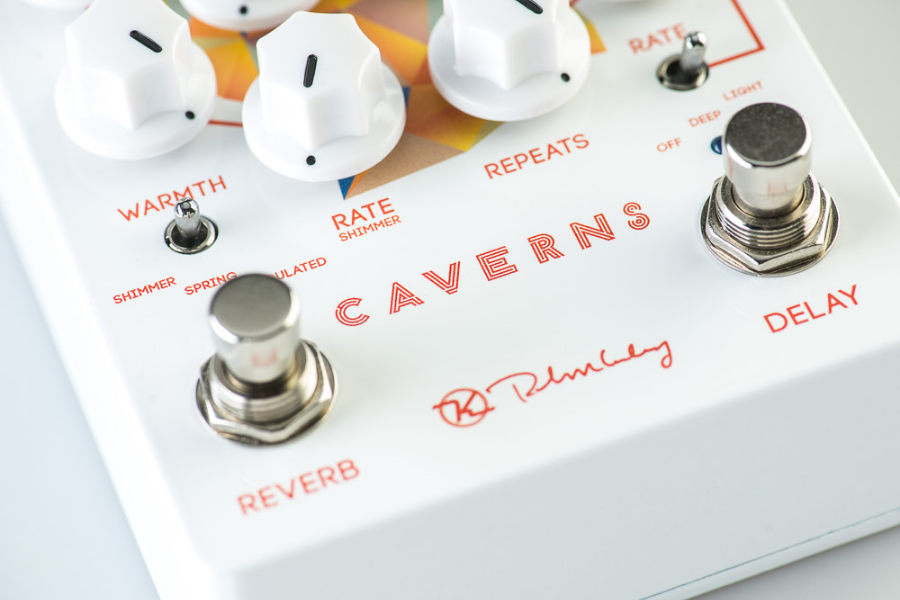
It’s clean enough to do the rhythmic delay thing, but warm enough that it doesn’t get in the way of the straight signal for parts that aren’t moving quickly. Some of the strictest EP-2 tape-echo clones out there have more noise than this one, but that makes it more useful in more situations.
You can also pick between True-Bypass and Trails with the new Caverns Delay Reverb V2. This lets you make huge sound chambers that keep playing even after you turn off the pedal. It is designed so that the Keeley buffer keeps your tone and sends a full-power output to your amplifier.
With the three-way toggle switch, you can set the delay’s modulation to Light, Deep, or Off. In Light mode, the delay sounds slightly livelier, and in Deep mode, it sounds more like a Leslie and is muddy. The slowest modulation speeds are slower than the longest delay times, and the fastest setting bounces the modulation LFO many times per second.
The Reverb side
There are Blend, Decay, Warmth, and Rate settings on the Reverb side. There is also a second three-way switch that lets you choose between Modulated, Spring, and Shimmer. The Shimmer mode create amazing sound by adding a reverb effect an octave above the dry signal. The Modulated reverb mode has a choral thickening LFO that changes from warm to shining depending on the Warmth setting. And the Spring mode gives the wet signal a classic Fender-style spring reverb jangle with a pulsing tremolo.
There are three toggle switches on the reverb side. These let you choose between Spring mode (a black amp with a F style tremolo), Modulation mode (choral modulation), and Shimmer mode (octave-up voices in reverb trails).
When I turned down the Shimmer mode, I heard a big Plate reverb behind it. The Modulation mode is thick and warm, with a touch of feedback swoosh that makes it stand out from the modulation on the delay side. This way, they both sound great on their own, but when used together, they don’t get too loose.
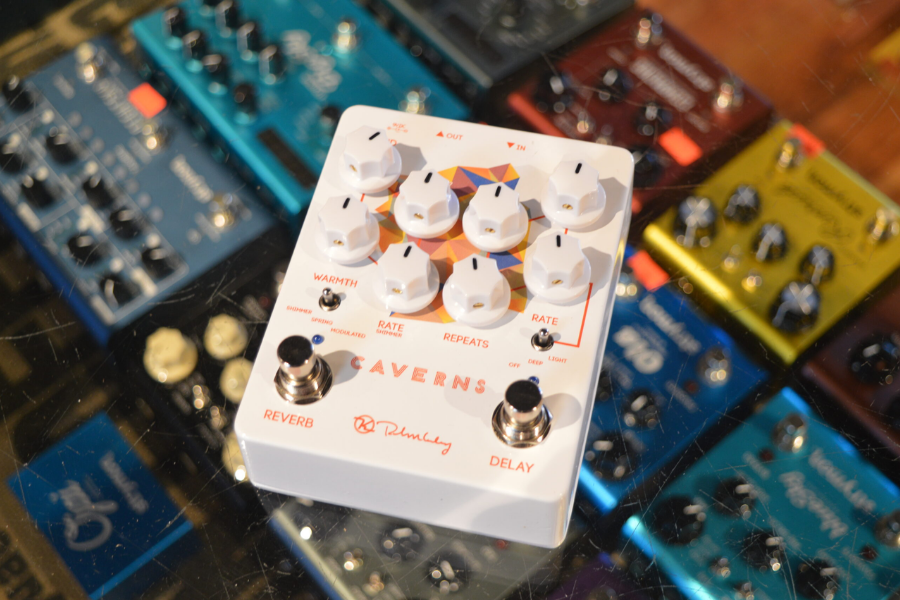
The Switches
There are no loud clicks or strong resistances on these switches. Pedal board power is powering my unit. As long as you only have one effect chain or amp, the TRS inputs and outputs work fine. If you want to use two effect chains or two amps, you just need a TRS male to dual TS female adapter wire.
True-Bypass of Trails
With the True-Bypass of Trails setting, you can make huge sound spaces that keep playing even after you stop pedalling. Our buffers are designed to keep your tone and send a full-power signal to your amplifier.
Many guitarists enjoy delay and reverb pedals that have “Trails” that let the effect fade away naturally when the pedal is turned off, rather than turning off the effect totally.
The Keeley Caverns V2 does not fail. The pedal uses a delayed bypass to keep your output quality high when Trails is turned on, and it lets effects fade after switching.
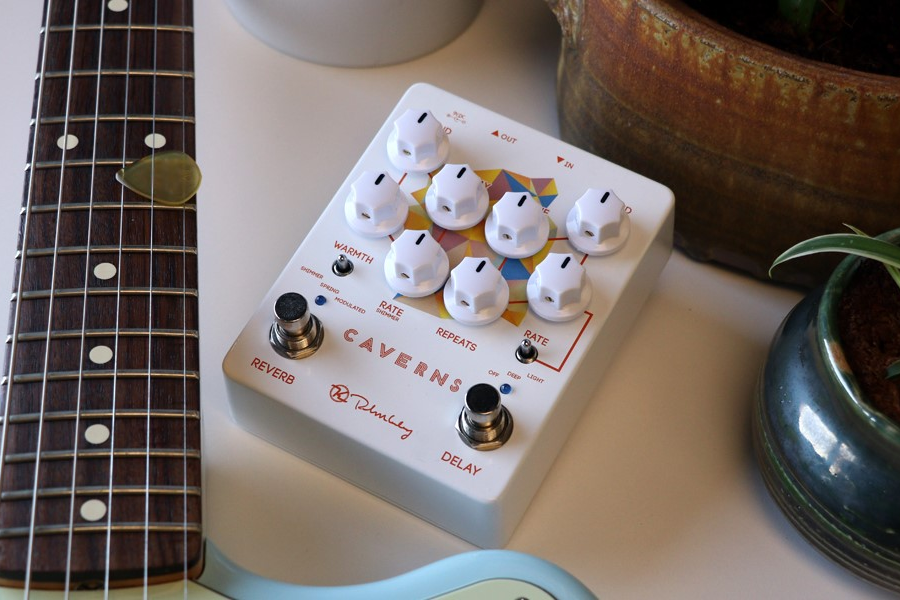
Things I Like and Don’t Like
That’s Keeley’s “Caverns,” and it’s a really, really beautiful pedal. That’s a wide range. It can be used in many ways. And I really like that. I have a lot of dual reverb and delay pedals, but not all of them have their own blitz, which is cool. I like it when they have separate foot switches because it makes my life easier.
It just works out of the box. Nothing needs to be downloaded in order for it to fully work. The tools are simple, and you don’t have to look through choices to use them. Making small changes is as easy as turning a knob.
It’s a little harder to work with the reverb. It sounds great when the reverb is adjusted. Shine isn’t something I’ll ever use, but it does sound nice. There is a light tremelo on the spring reverb only. Somewhat tricky for me was finding the right balance between the reverb, fade time, and tremelo.
Final Thought
Whether you’re seeking delicate ambience or want to create swirling, the Keeley Caverns V2 can deliver with ease. It is an excellent option for gamers of all skill levels because to its user-friendly controls, high-quality construction, and remarkable sound variety.

